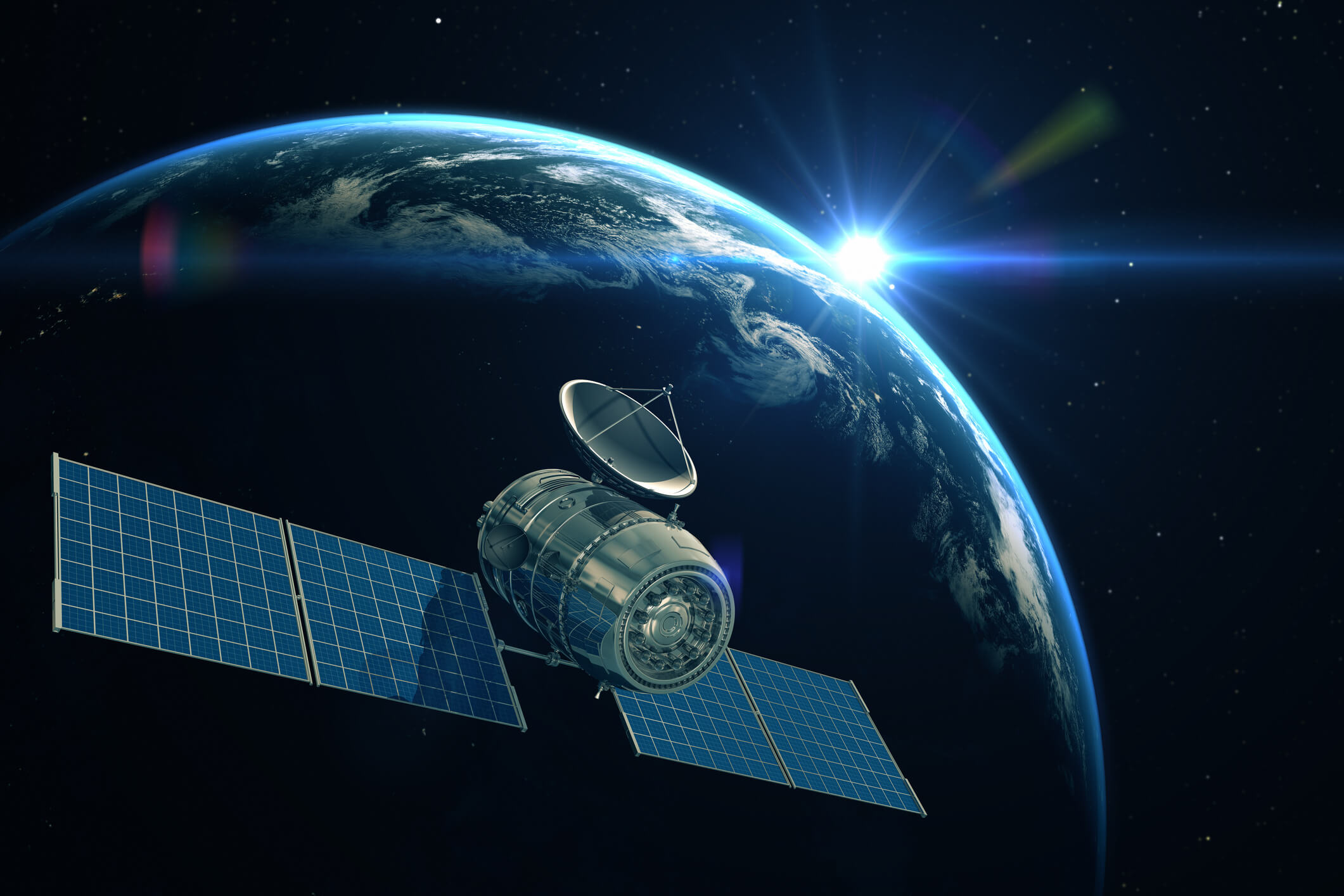Measurement Technologies in Earth and Space Physics
Overall Course Objectives
The course aims to teach aspects of astrodynamics, positioning, attitude determination, mission analysis, and observation techniques foundational to Earth and Space Physics and Engineering. The course also provides an overview of instrumentation and methods used to characterize the physical processes that govern the five focus areas of the study line: Earth and Planetary Physics, Earth Observation, Mapping and Navigation, Space Research, and Space Systems Engineering.
Learning Objectives
- 1. Utilize general methods for monitoring, mapping, and exploring important parameters for processes and structures within Earth and Space Physics and Engineering, including:
- 1.1. Predict body motion in the International Time and Reference Systems using gravitation and orbital theory
- 1.2. Explain the basic principle of GNSS (Global Navigation Satellite Systems) and their limitations
- 1.3. Determine the attitude of a body and represent it by using orthogonal transformations, Euler angles and quaternions
- 1.4. Describe methods, optical effects and instruments used to measure attitude in space
- 1.5. Apply basic concepts of imaging: thin lenses, illuminance, distortion, digitalization, angular field of view and geometrical aspects
- 1.6. Use methods for correcting vertical and tilted images, apply basic transformations, and filters to digital images, and analyse the results
- 2. Perform system design of monitoring, mapping and exploration systems within one of the first four focus areas
- 3. Within at least one of the first four focus areas:
- 3.1. Evaluate user requirements for monitoring, mapping, and exploration systems and the most important methods used for processing data from these
- 3.2. Explain the parameters and most important models that describe the physical processes and structures
- 3.3. Explain the most important observation techniques and their associated instrumentation.
Course Content
The course teaches a series of methods that are applicable to all areas of Earth and Space Physics and Engineering. These include:
• Reference frames and time systems.
• Attitude determination and representations.
• Optics and imaging.
• Data processing techniques.
• Space Mission Analysis and Design (SMAD).
In addition, the students will be introduced to physics and methods specific to at least one of the different focus areas.
Recommended prerequisites
Passed courses corresponding to the mandatory parts of the bachelor’s program in Earth and Space Physics and Engineering.
Teaching Method
Lectures, exercises and project work.
Faculty
Remarks
The course covers part of the normative competence for the master program in Earth and Space Physics and Engineering.




